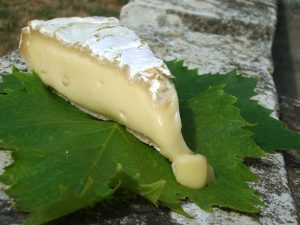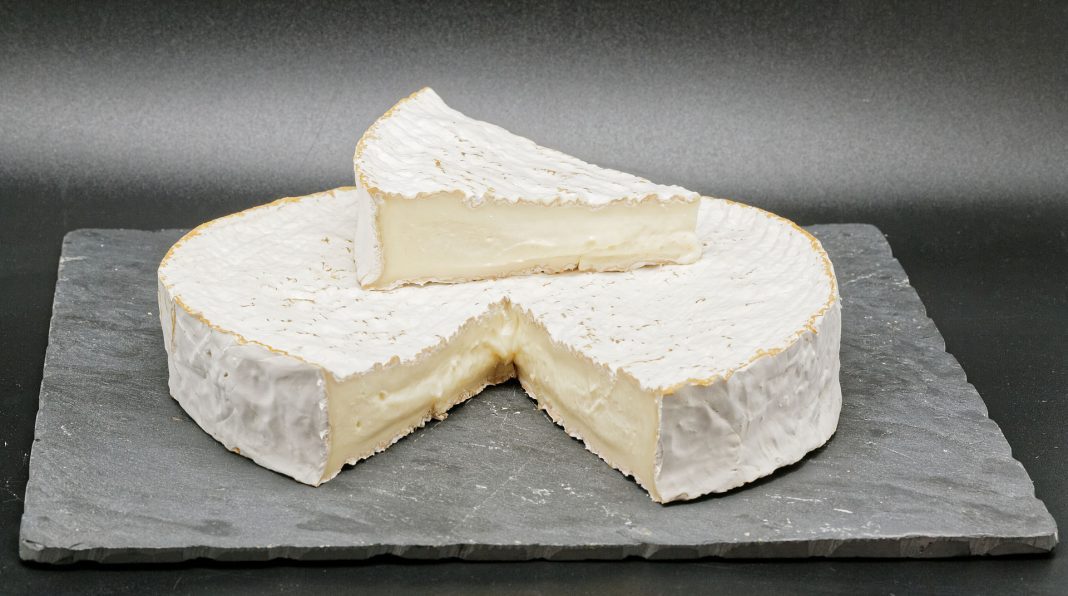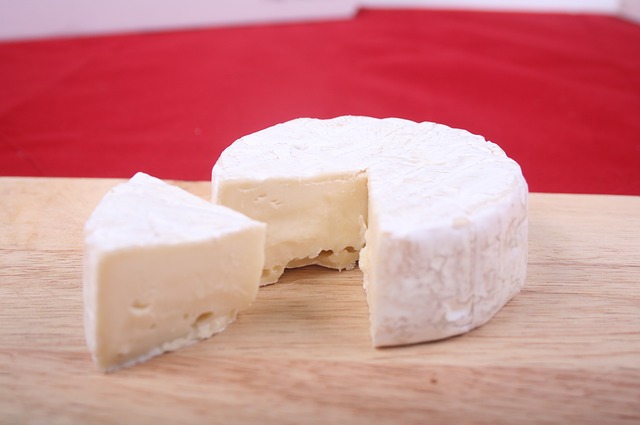Les Bries are the famous soft cheeses with a bloomy rind from the La Brie region in the eastern part of the Paris Basin in the Île-de-France.
Made from either unpasteurised or pasteurised milk, Brie is ready to serve when ripe. The outside will be firm, while the inside will be slightly bouncy and resilient. Unpasteurised Brie will be creamier and, at room temperature, will be runny.
Traditionally, the French have cheese as a course of its own at a meal, served before dessert. Ideally, Brie should be allowed to reach room temperature before serving. The whole cheese is edible, including the rind. At its best, it has a delicate but slightly earthy flavour.
Fresh bread, plain crackers, Carr’s water biscuits or plain digestive biscuits won’t overpower the cheese and the best accompaniments should compliment the subtle flavour.

Acidic fruits such as apples, pears grapes, figs, kiwis or mango will bring out the texture of a ripe fluffy cheese and cut through the slightly more intense flavour of a ripe, runny Brie.
Sweet condiments including fig jam, quince or crab apple jelly and even honey are great, as are unsalted pecans or candied walnuts.
Charcuterie, especially Bayonne ham, and thinly sliced dried saucisson can add another element to a cheeseboard.
White wines including Chardonnays and Sauvignon blancs and of course Champagne are steadfast choices, but soft red wine like a Pinot Noir or a Beaujolais cru such as Juliénas or Fleurie also work well.
As a special treat, chilled sweet wines like Sauternes or Barsac are memorable.
Belgian fruit beers in particular Leffe Ruby a stout like Guinness or a good Pilsner are perfect but if alcohol is not required, fresh grape, apple or cranberry juice pair wonderfully with Brie.





